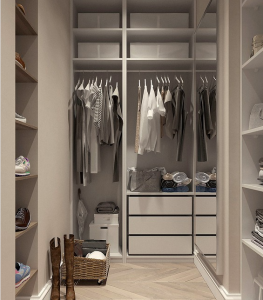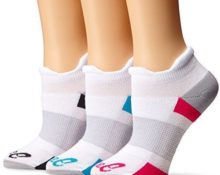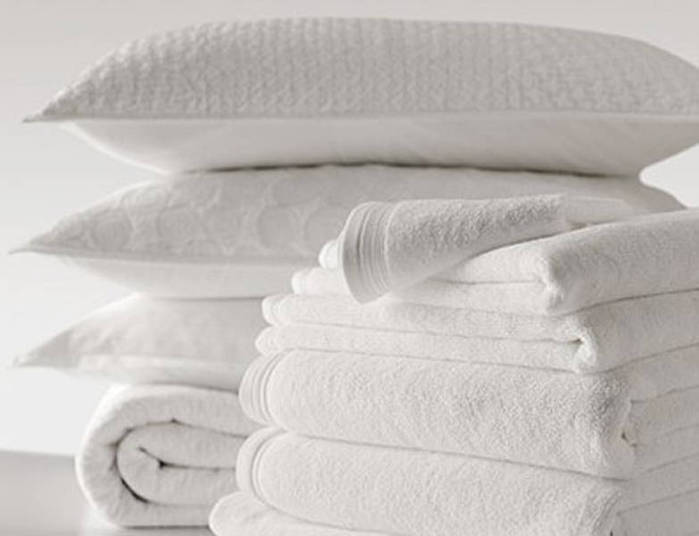Marie Kondo became famous and made a lot of money thanks to her unusual hobby: cleaning. The Japanese woman managed to turn regular cleaning, which is considered a real domestic torture, into something meaningful and meditative. Thanks to her book “Magic Cleaning,” thousands of people reconsidered their attitude to organizing space in their homes and stopped putting off cleaning up their home. In this material we will tell you how Marie came to her method, what its benefits are and where to start if you decide to introduce cleaning according to Marie Kondo’s method into your system.

Marie Kondo and her path to the ideal system
The essence of Marie Kondo's method is that every thing in the house has its own place where it must be returned after use. It would seem like a banal truth, but remember how many days after general cleaning everything begins to return to normal. This story is familiar to even the most tidy people obsessed with cleanliness. Marie Kondo promises that by adhering to the approach she proposed, you will be able to clean up your home once and for all. Kondo herself admits that since childhood she was obsessed with arranging things and cleaning: she would come home from school and the first thing she would do was put her room in order. From her experience, Marie developed rules for ideal order in the house, order that is easy to maintain.
Get rid of everything unnecessary and what doesn't make you happy
And you should start cleaning according to Marie Kondo’s method by saying goodbye to unnecessary things. According to Marie Kondo, unnecessary things are not only those things that you have not used for several years, but also those that do not make you happy. As much as you might want to keep everything intact, you have to accept the fact that you will have to throw away a significant portion of non-functional items during the cleaning process. Many people skip this important stage of decluttering and immediately start organizing. However, such an experience does not provide the long-term effect of that same magical cleaning.
Do it perfect the first time
Cleaning needs to be done perfectly the first time. That is, you must decide for yourself that today you will clean one of the categories of things once and for all and spend as much time on it as it takes. It is best that the systematization of items from one category takes you no more than one day, so that you can immediately feel the result of global cleaning and try to maintain order. Kondo recommends doing everything as quickly as possible and not extending the cleaning over several days. Before cleaning, you should imagine in detail the image of your updated apartment and get down to business.If the situation does not allow you to solve the issue in one fell swoop (for example, the apartment needs renovation and serious investments, or you have too many things), find illustrations of your dream home and work daily towards achieving the goal. Make sure that your role model is always in front of you and that you have specific deadlines for completing the big cleaning. Kondo calls six months the optimal time for minor repairs and global reconstruction.

Start sorting everything into categories
If you have too many things in your home, think about how you can organize them and sort them into categories. The most time consuming part is sorting through your wardrobe and general items. But once you decide for yourself where everything should be and keep order, maintaining it will not be difficult. Before working with a category, it is most effective to put all the items in the category into one big pile. This way you won’t miss a single item and the result of your labors will be more clearly visible.
You need to maintain order not by room, but by category
One of the most unusual and at the same time obvious cleaning ideas from Marie Kondo is that you need to clean not by room, as most people do, but by category. Reorganizing at least one category leads to the fact that the appearance of all rooms changes for the better. To quickly see the results of cleaning, Kondo suggests the following sequence: clothes, books, papers, miscellaneous, sentimental items. You can determine for yourself what order you should follow, but it is important that it does not change during each cleaning.The category of sentimental items is considered the most difficult to sort, so it is best left for last. It’s not so easy to decide for yourself that it’s time to throw away/give away/sell this porcelain doll that was brought to you ten years ago from England as a gift.
Ask yourself if this thing makes you happy
In the era of consumption, every person has become a little Plyushkin and strives to accumulate the maximum amount of goods. But over time, some of these things cease to be necessary and do not bring joy. In turn, the house should be that very place of power, where every little thing should please. Kondo insists that only your favorite things should be around, so when deciding whether to give/throw away/sell this thing, in addition to purely practical reasons, it is worth answering the question of whether it makes you happy. If an item doesn't make you happy (especially if it irritates you), it's time to get rid of it. Neither the price of the item nor its novelty should matter. This rule does not work for those things that have a purely practical function (kitchen appliances, repair tools, etc.). However, in all other cases, you should say goodbye to objects that do not bring joy immediately, but with respect. Marie Kondo even recommends thanking items that have served you well and no longer bring you joy.
Vertical storage
Only dishes should be stored in piles; it is more rational to stack all other things vertically to speed up the search. This applies not only to clothing, but also to spices, cereals, bed linen and towels. Vertical storage is also good because you can get the things you need without touching those that are nearby.You may need additional compartments and compartments for convenient vertical placement on shelves; you can use shoe boxes to zone the space.


 0
0





